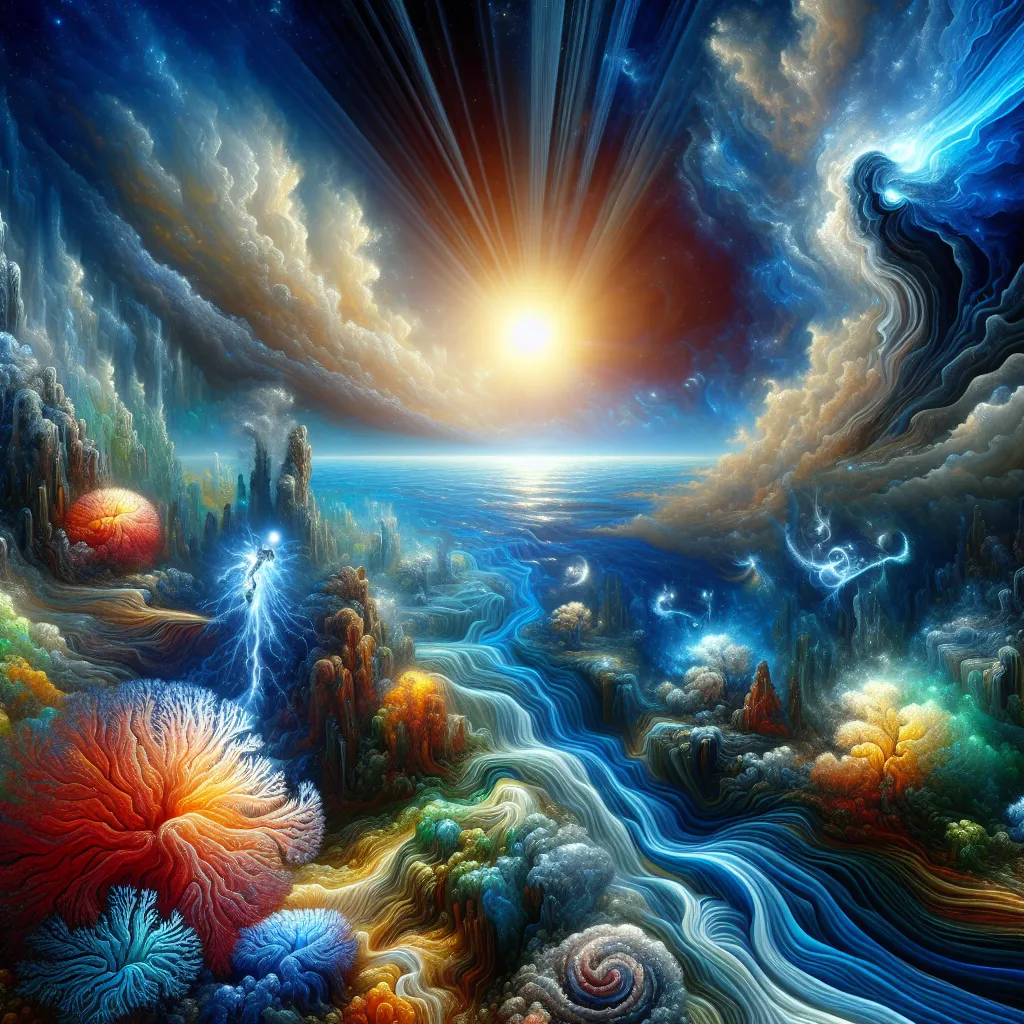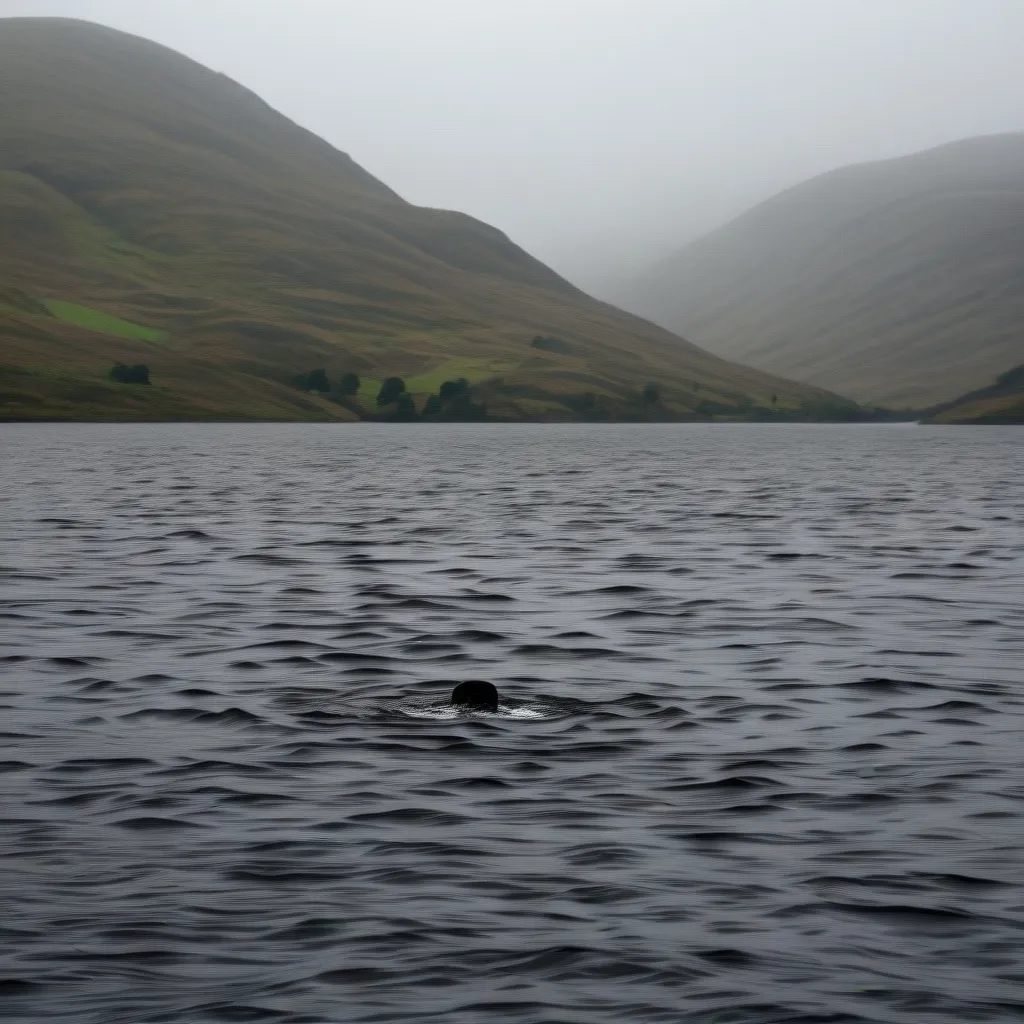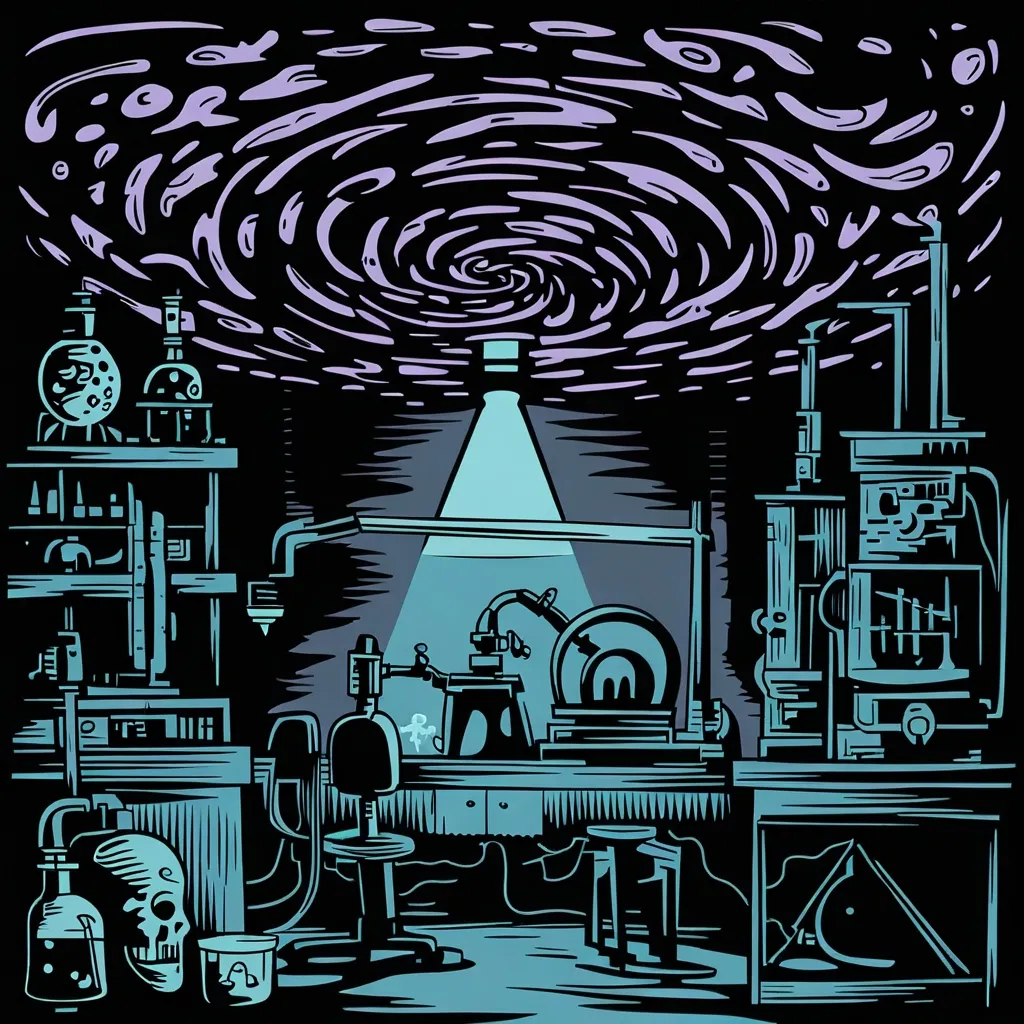Ever feel like the world is a bit…boring? We’ve seen it all: remote islands, the Arctic, dense jungles. But there’s still one epic frontier left. It’s a dark, wet, and mysterious realm packed with bizarre creatures. Yep, we’re talking about the deep sea. Let’s dive in.
The Earth’s oceans are massive. It’s hard to believe that less than 2% of the planet’s biomass lives here. Most of that life hangs out in the top 200 meters, where light still filters through, allowing photosynthesis. Phytoplankton thrive here, forming the base of the ocean’s food web. These tiny algae and bacteria get eaten by bigger plankton, which then get gobbled up by bigger ocean creatures. It’s a lively area, something like an underwater Amazon rainforest, filled with coral reefs, algae, and countless species. This is where we usually fish, swim, and pollute.
Now, let’s head deeper. As we move away from the coast and slide down the continental shelf, things start to get dark—and fast. Plants disappear, and the slope begins to look like the surface of the Moon. We enter the twilight zone, the gateway to the deep sea.
Descending further, the pressure becomes intense. The record for the deepest scuba dive is 332 meters, where the weight feels like 200 cars stacked on you. Yet, this is only a small fraction of our journey.
In the twilight zone, light is a rare and precious thing. Over 90% of the species here use bioluminescence to make their own light. They use it for camouflage, to attract mates, or to confuse predators. Pretty neat, right? Some, like the siphonophores, even use it to catch prey. These creatures form colonies that stretch up to 50 meters long, filled with toxic tentacles ready to paralyze anything that gets too close.
Down here, “marine snow,” which is a mix of dead plant and animal matter, fecal particles, and dust, is the main menu. Without it, life would starve. This zone also witnesses epic battles, like those between sperm whales and giant squids. Giant squids rarely win, but they leave battle scars on the whales.
At 1,000 meters, we’re in the midnight zone. Darkness is complete. Hardly explored, this area is more like a wet wasteland. Finding food is tough, so creatures have adapted unique ways to survive. For instance, the vampire squid uses tiny stiff hairs to brush food from the water, conserving precious energy. Predators here, like the viperfish and frilled shark, have deadly teeth to ensure that once they catch something, it doesn’t escape.
When we reach 3,800 meters, we’re at the abyssal depths. Life moves in slow motion here to save energy. The seabed is covered with grey mud and rocks, where some creatures like sea cucumbers and shrimp thrive. Occasionally, you might find manganese nodules providing an anchor for deep-sea corals and sponges. Even in such a sparse environment, rift valleys create hotspots of life, thanks to hydrothermal vents that spew minerals turning them into mini-ecosystems.
Heading deeper, we reach 6,000 meters, the abyssal plain’s bottom for most places on Earth. But if we’re aiming for the deepest point, we’re only halfway. Enter the hadal zone, home to only the most extreme life forms. These trenches make up just 0.25% of the ocean but are incredibly hostile. Here we find the deepest living fish, like the snailfish, thriving at 8,000 meters.
Down we go past jagged black rocks to over 10,000 meters, into the Mariana Trench. The Challenger Deep, 11,000 meters down, is the final stop. The pressure here is mind-blowing, equivalent to having 1,800 elephants balancing on you. And yet, life persists. Giant amphipods, much larger than their shallow-water cousins, float around, along with sea cucumbers.
Sadly, even here, human impact is visible—plastic bags were found by scientists in 2018. As we ascend through the layers of darkness, we realize the sheer depth of the oceans. We need to protect this vast, unexplored frontier for future generations. There’s still so much left to discover.






